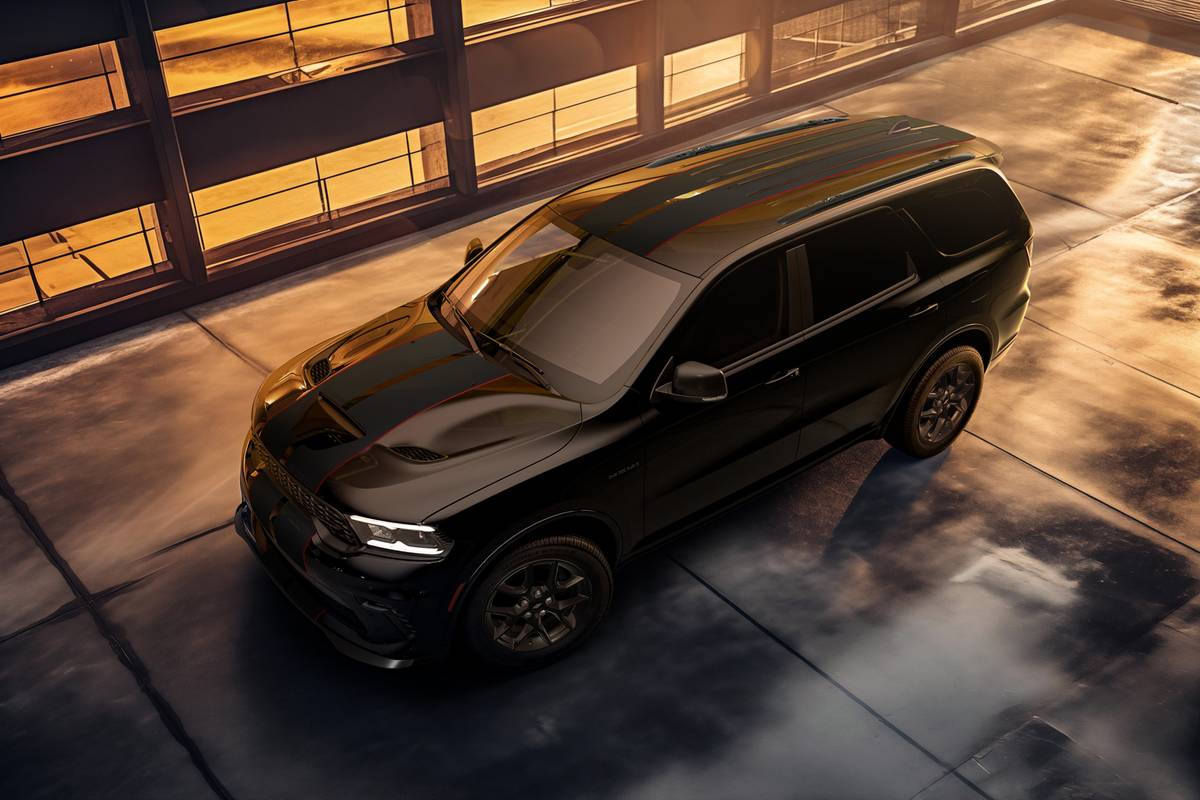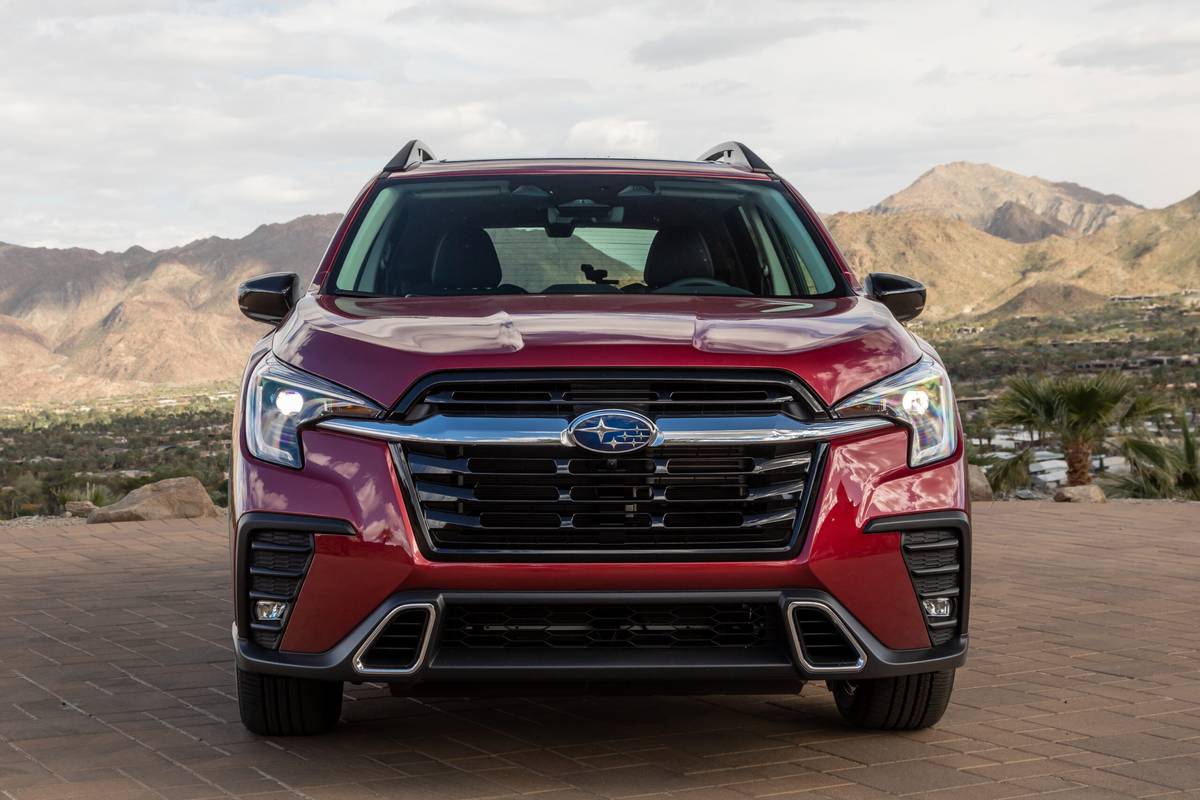washingtonpost.com's view
Mediocrity in defense of value can be a virtue.
Consider the 2009 Chevrolet Aveo5 2LT subcompact car. It is not at the top of the subcompact class. Nor is it at the bottom. No one will name it “Car of the Year.” But it is a strong contender for “Best Bargain.”
The emphasis is on “bargain,” which implies trade-offs. In the case of the Aveo, it’s a straight-up deal. For a base price of less than $12,000, you get a ruggedly reliable little hatchback with decent commuting power and good fuel economy.
Equipped with a standard, five-speed manual transmission, the Aveo gets 27 miles per gallon in the city and 34 miles per gallon on the highway using regular unleaded gasoline. That’s better than the Honda Fit and almost as good as the Toyota Corolla, which does about one mile per gallon better on the highway.
Mediocrity done well honors the middle. The front-wheel-drive Aveo is done well.
It isn’t pretty. But it isn’t ugly, either. Its body was modestly revised for 2009. The Aveo’s nose has been lengthened. The front end now sports Chevrolet’s globally recognized design cues — a wide-mouthed, bifurcated grille with a big, gold bow-tie insignia on the middle bar.
It’s clean and uncluttered. It works. And the now-obvious Chevrolet identity confers ownership upon the Aveo, the corporate child of a convenient marriage between General Motors and Daewoo of South Korea.
When it was introduced to the U.S. market in 2004, the Aveo had all of the confidence and personality of an afterthought. It was something that came along with the marriage instead of something spawned by it. Neither parent seemed to take much interest in its well-being until its potential was highlighted by rising gasoline prices in the United States.
The Aveo’s re-skinning reflects that renewed interest. Unfortunately, it does not carry into the car’s interior, where ergonomics are wanting. Some simple things are messed up. For example, there is a retractable cup holder inconveniently placed adjacent to the manual gearshift lever.
Have you ever tried working a manual gear lever in the vicinity of a big-gulp drink or a cup of coffee? It’s a spill accident waiting to happen. In the Aveo, it happened enough to dissuade me from drinking and driving. That is not a good thing.
The Honda Fit’s approach is better. The Fit has deep cup holders at either end of the dashboard, easily accessible to the driver and front-seat passenger, positioned to reduce the danger of in-traffic spills. That’s a smart, thoughtful design.
Such seemingly small things make big differences in consumer happiness. They constitute the triumph of “best” over “okay.”
Look closer at the Fit and the Aveo. The Fit has more “best” features — including an interior that is more easily rearranged to accommodate a variety of load scenarios. Sitting in the new Fit, you get the feeling that Honda’s designer loved putting it together. Thus, owning and driving it puts you in a good mood, too.
But it’s more difficult to feel the love in the Aveo. It no longer feels like a neglected child. But it doesn’t feel special. It’s okay, adequate.
Therein rests the difference between going to market with a car that will enhance profits and one that will erode them.
Consumers are willing to pay only so much for “adequate.” If asked to pay more, they’ll balk — or cross the retail industry’s River of Denial to buy something they deem worthy of a higher price.
Consider: Both the Chevrolet Aveo and Honda Fit have sold well recently, largely in response to U.S. consumer reaction to higher gas prices. But fuel efficiency only counts for so much. Panache sustains sales and supports profits. The Fit has panache. The Aveo doesn’t.
Look at the most recent U.S. auto sales numbers published by Automotive News. Aveo sales seem to be dipping in tandem with the recent dips in U.S. pump prices — slipping to 42,614 cars in the first eight months of 2008, down 1.8 percent from 43,414 sold in the same period last year.
But the Fit is going gangbusters, with 56,853 sold in the first eight months of this year, a 55.7 percent increase over the 36,520 sold in the United States in 2007. Honda thinks it can sell 80,000 Fit cars in the United States for the full year.
That kind of consumer demand speaks to why so many Honda dealers have been charging top dollar for the Fit. If there are consumers willing to pay it, why not charge it?
And that, ironically, makes the Aveo a darned good deal. It’s a good car: reliable, serviceable and fuel-efficient. It’s not special. But it’s priced right.
ON WHEELS WITH WARREN BROWN Listen from noon to 1 p.m. Tuesdays on WMET World Radio (1160 AM) or http://www.wmet1160.com.
Latest news



